What is the CYW20819 Bluetooth 5 Arduino Eval Board (CYW920819EVB-02)?
Single-board computers (SBCs) such as the Raspberry Pi and microcontrollers like the Arduino provide functionality for loads of maker projects. With Internet of Things (IoT) endeavors incredibly prominent, the vast majority of boards offer wireless connectivity standard, or through add-on boards. Bluetooth, while by no means a new technology, continues to evolve thus remaining a popular wireless connectivity option. The Cypress CYW20819 Bluetooth 5 Arduino Eval Board (CYW920819EVB-02) allows for the development of single-chip Bluetooth applications. Learn more about the CYW920819EVB-02, from what it is to how you can use it!
Enter our Make With Mesh: Cypres Bluetooth 5 IoT Design Contest for free hardware and the chance to win $2,000 cash, a 3D printer, or $500 worth of maker tools!
What is the Cypress CYW20819 Bluetooth 5 Arduino Eval Board (CYW920819EVB-02)?
The Cypress CYW20819 is an ultra-low power dual-mode Bluetooth 5 wireless Microcontroller Unit (MCU) board. Onboard, you'll find a 2.4GHz transceiver. There's BR/EDR/BLE included. Moreover, you'll find CMOS bundled and with the Bluetooth SIG-certified mesh v1.0. CYW20819EVB-02, you can easily work with mesh networking.
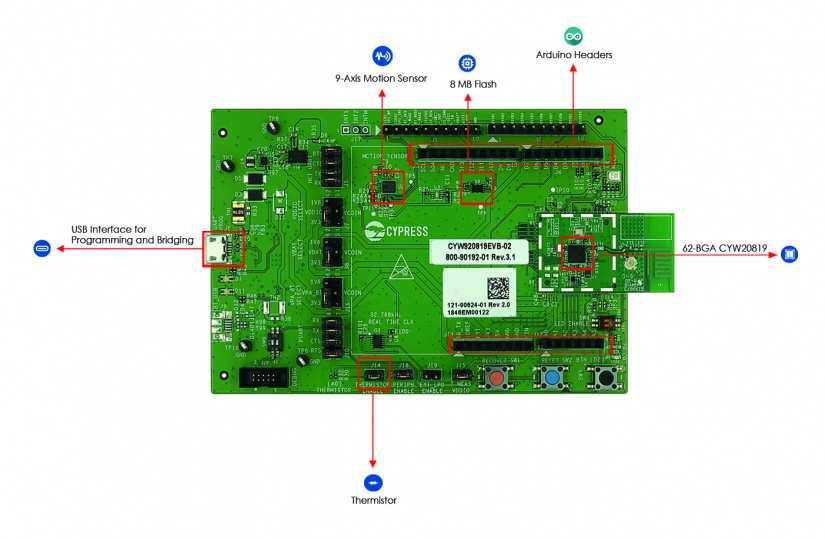
Cypress CYW20819 specs:
- 2.4GHZ transceiver with Bluetooth BR/EDR/BLE support
- CMOS low-power process support
- Bluetooth SIG-certified mesh v1.0. CYW20819EVB-02 support
- ARM Cortex-M4 core
- AES-128 with True Random Number Generator (TRNG)
- 40 GPIO
The CYW902819EVB-02 Cypress Bluetooth development kit includes a 62-ball CYW20819 Bluetooth 5-compliant, Bluetooth BLE microcontroller, Arduino-compatible headers, LEDs and a user switch, USB for power, USB-UART bridging, and programming, plus tons of sensors. There's a 9-axis motion sensor and thermistor. Both boards tout compatibility with the ModusToolbox IDE.
CYW902819EVB-02 specs:
- 62-ball CYW20819 Bluetooth 5.0-compliant Bluetooth/BLE wireless MCU
- Arduino compatible headers for hardware expansion
- Onboard sensors i.e. 9-axis motion sensor (3D digital linear acceleration sensor, 3D digital angular rate sensor, and 3D digital magnetic sensor) and a thermistor
- User switch and LEDs
- USB connector for power, programming and USB-UART bridge
What can You do With the Cypress Bluetooth Mesh Development Kit?
Ok, those specs sound great, but what can you actually do with this Cypress Bluetooth SoC (system on a chip)? With the range of maker boards and MCUs available, there's a host of different use cases. The CYW902819EVB-02 posits itself as a board suitable for embedded devices. For instance, it's perfect for wearables like fitness bands. Since mesh networking is incredibly popular in smart home networking, this is a great board for smart home automation and smart home control.
Likewise, with a slew of sensors onboard, it's excellent for proximity sensors, as well as medical applications, a space where IoT has become increasingly popular. For instance, the Cypress Bluetooth development kit functions for medical IoT devices such as blood pressure monitors. Similarly, its extensive Bluetooth offerings mean it's capable of audio applications such as wireless headphones or Bluetooth audio dongles. The possibilities are nearly limitless.
What can you use the CYW902819EVB-02 and CYW20189 for:
- Smart home automation and control i.e. thermostats
- Bluetooth audio i.e. headphones
- IoT medical applications i.e. blood pressure monitors
- Sensor data capture
Getting Started with the CYW20819 and CYW920819EVB-02
How to use the CYW902819EVB-02 is pretty simple. This Bluetooth MCU device is intuitive. You'll need a compatible device, plus the ModusToolbox. First, download and install the ModusToolbox. When that's finished, fire it up. With ModusToolbox installed, you can launch the quick start guide with Help > ModusToolbox IDE DOcumentation > Quick Start Guide or open the user guide for a more comprehensive overview with Help > ModusToolbox IDE Documentation > User Guide.
Based on the Eclipse IDE Oxygen iteration, ModusToolbox iDE features a bevy of plugins such as an Eclipse C/C++ Development Tools (CDT) plugin. In ModusToolbox, you can spin up new apps with starter apps based on devices and kits, plus utilize a conglomeration of online code examples at your fingertips.
To create a new application, first select a new workspace. You can select an existing empty directory with Browse or type a directory name for use. Then, navigate to File > New > ModusToolbox IDE Application to create a new app. Alternatively, under the quick launch menu, click New Application. Then, choose your hardware. For a Cypress board, hit Dev/Eval Kit, in this case the CYW902819EVB-02. Or, if you're using a board based on the CYW20819, pick Custom Hardware, then hit Next and the correct board from the list.
With your board selected, you can select a starter application. There's a list of different apps you can import along with descriptions. For instance, NewPioneer will perform some basic set up for the PSoC 6 kit and configure the likes of clocks and UART. Once you've selected a starter app, hit Next, and then you'll see a synopsis of the app. Click Finish, and the application is created which you'll see in the IDE. This really simplifies development for the CYW902818EVB-02 eval kit.
What is the CYW20819 and How can You Use it? Final Thoughts
Enter our Make With Mesh: Cypres Bluetooth 5 IoT Design Contest for free hardware and the chance to win $2,000 cash, a 3D printer, or $500 worth of maker tools!
The CYW20819 is a powerful, versatile MCU, and the CY920819EVB-02 is an eval board based on the CYW20819. With it, you can cobble together a smattering of IoT projects, and specifically Bluetooth mesh applications. The ModusToolbox IDE simplifies working with this Cypress Bluetooth SoC. It's one of the best Bluetooth development boards on the market, with spectacular support and help docs.
What eval boards are you using, and what are you making?




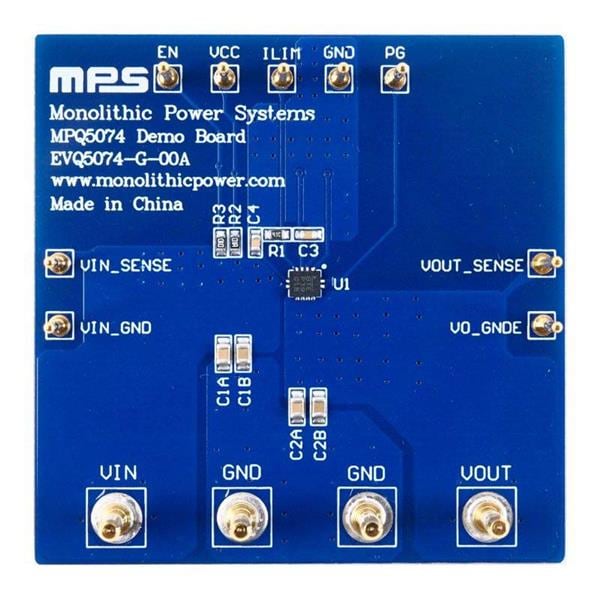
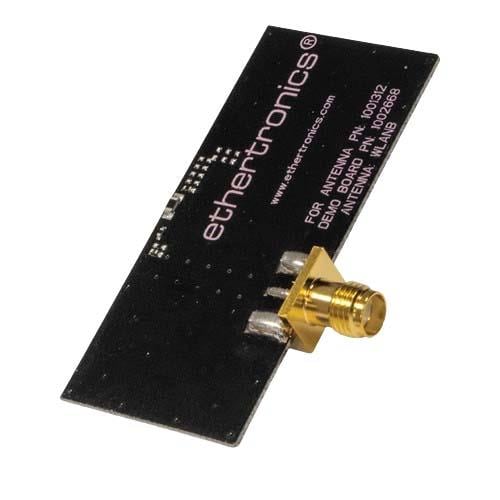
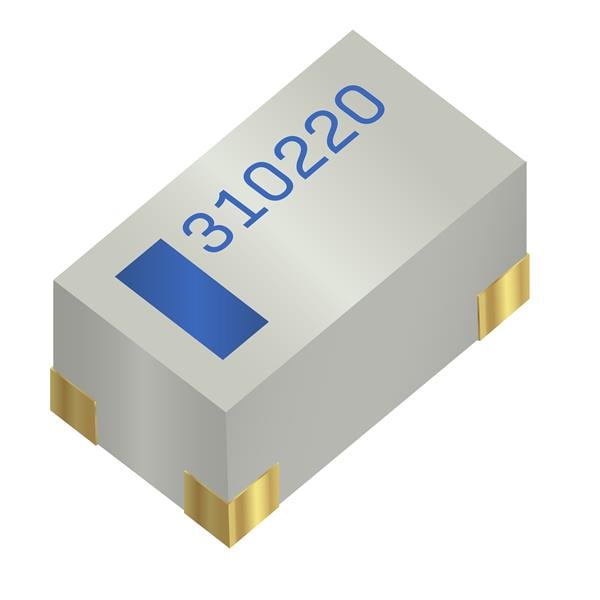

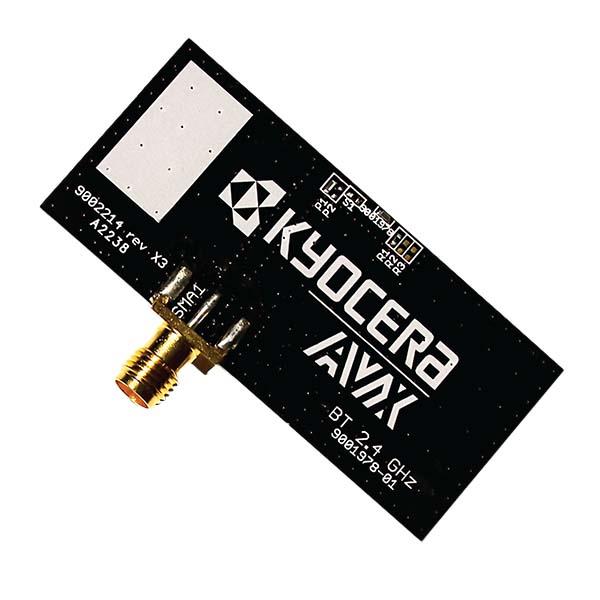

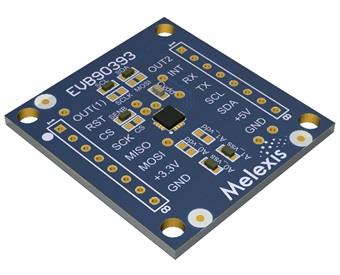
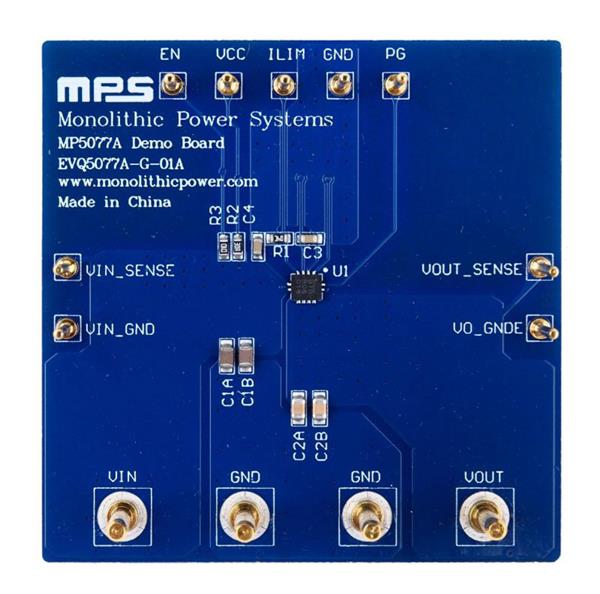

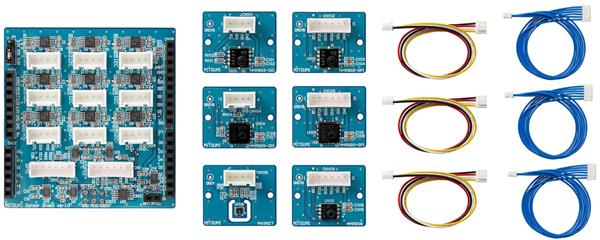
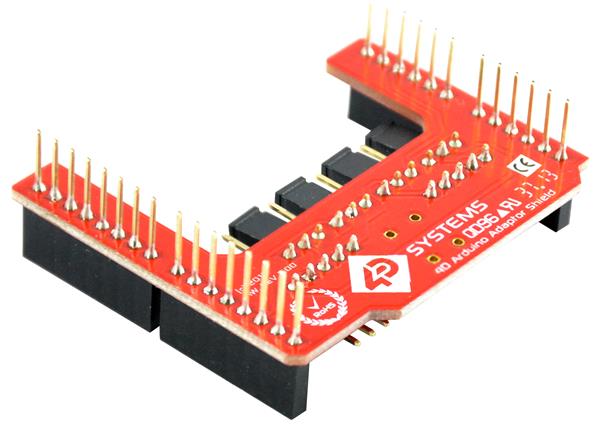
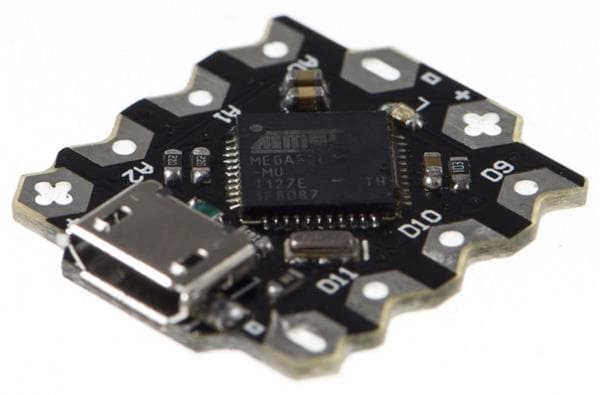
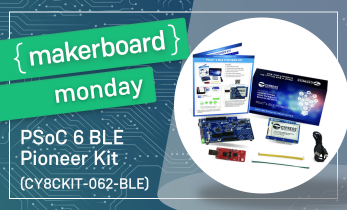
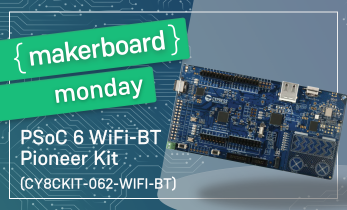
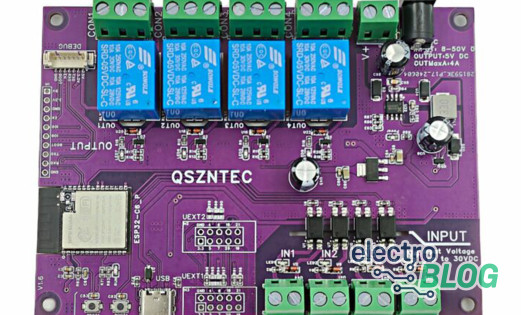

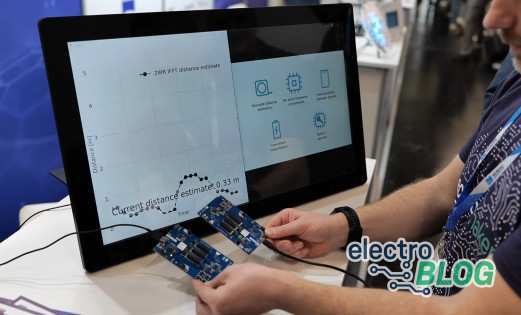
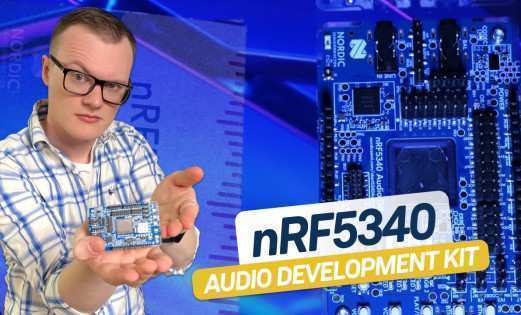
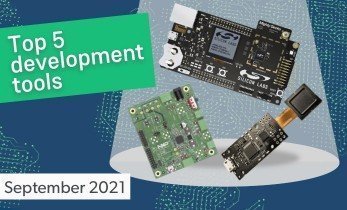
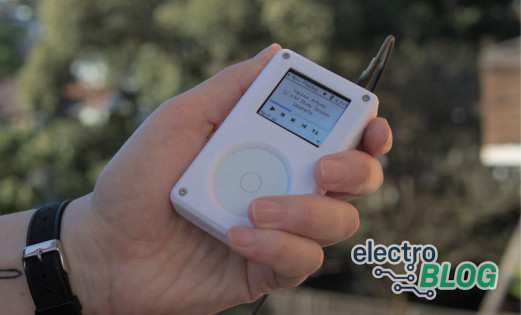
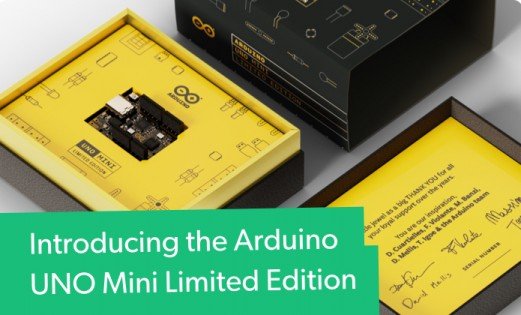
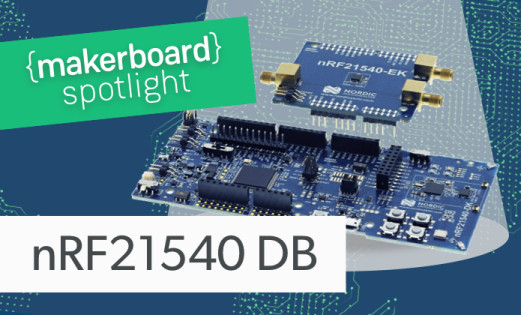
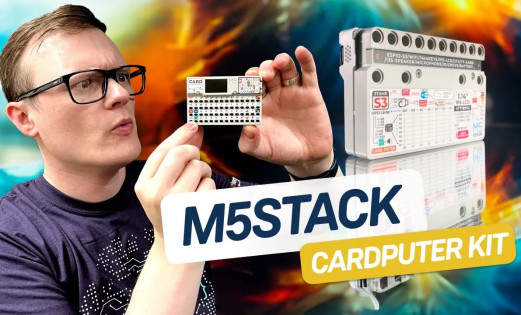
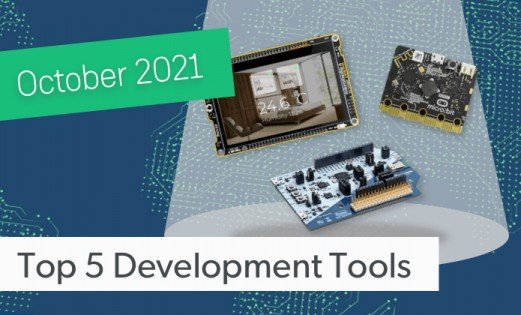
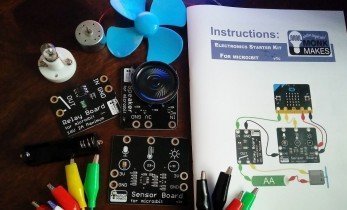
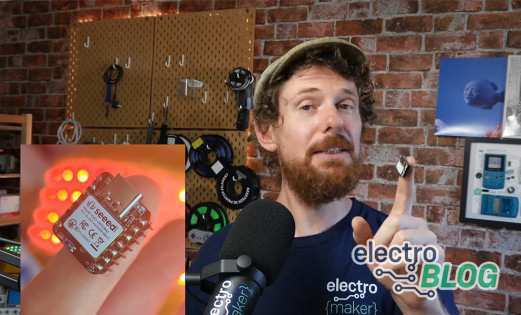
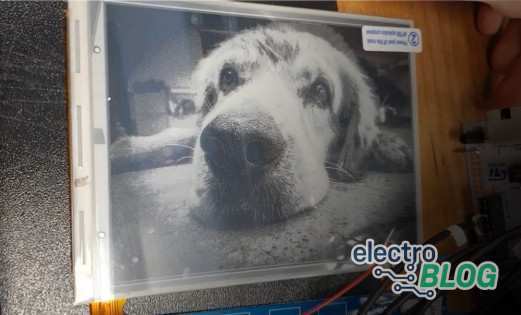

Leave your feedback...